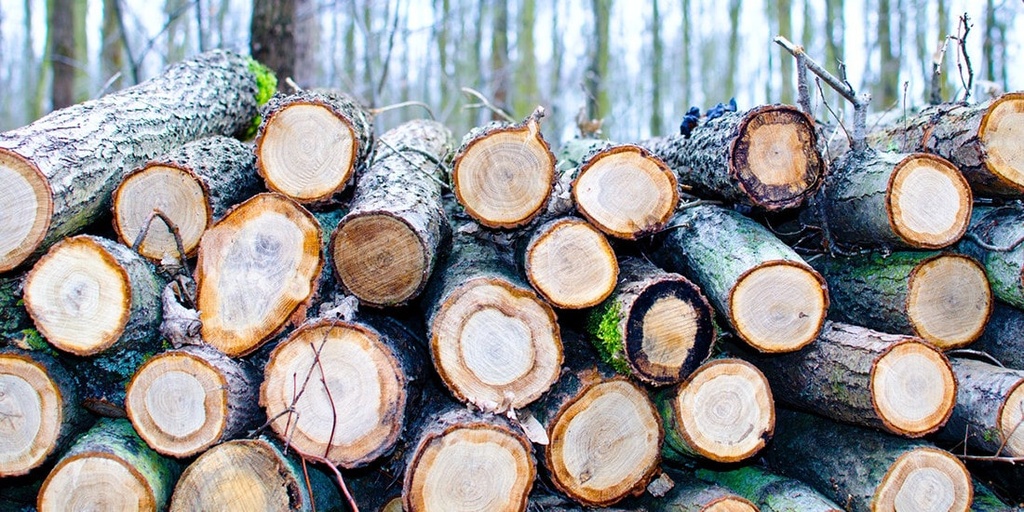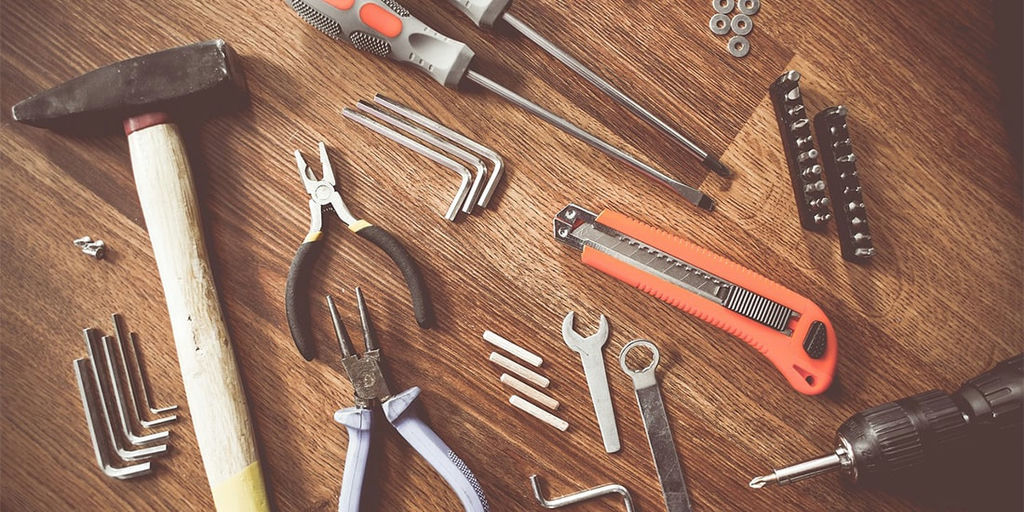Carefully select wood products
- Earth Points
- 10
- Ease
- Medium
Description
The wood we use for our homes, furniture, paper, packaging, tissues, and paper towels comes from cutting down trees. The risk is that the over-harvesting of timber has implications for biodiversity, ecosystem health, and the global climate.
Today there are growing demands for timber, in part due to global population growth as well as a growing economy. Humans cut down a large portion of the world's forests during the 20th century. The good news is that the peak of deforestation was in the 1980s. The bad news is that even while the pace has slowed, we are still cutting down more forests than we are growing back. This is mostly because of clearing forests for beef, palm oil, cocoa, and wood/paper products.
It is crucial to adopt a sustainable model of timber demand and production. Otherwise, large-scale deforestation of valuable carbon stores is inevitable and will worsen the climate emergency. Keep this in mind when it comes to your home, furniture, paper, tissues, and paper towels.
The best thing you can do is naturally reduce your wood usage. That might mean using salvaged wood or a reusable item instead, like a handkerchief or durable towel. That stops a new tree from being cut down in the first place.
When buying new wood or paper products, buy ones that are sustainably sourced. The FSC (Forest Stewardship Council) is a global organization that certifies timber as responsibly sourced based on a number of criteria, including compliance with local laws and FSC principles, the rights of indigenous people, and commitment to a sustainable forest management plan.
Check for the FSC logo when buying and avoid those that do not have it unless they have some other credible indication of being sustainably sourced. Together, as consumers, we can demand higher standards and an end to the over-exploitation of forests.
The undercutting of sustainably sourced timber by cheaper, unsustainable wood can be a barrier to structural change. Unscrupulous, greedy people often step in to make more money when given the opportunity. Keep this in mind and lobby your local politician, political party, industry group, or government official to regulate this through legislation or policy reform, making it harder for unsustainable timber to enter the market.
Tips
• Certain types of wood, known as softwoods, grow faster than others, known as hardwoods. This makes them better choices for certain building materials as their stocks can be more quickly replenished. Pine, fir, and cedar are examples of softwoods.
• Oak and maple are examples of hardwoods and should be avoided unless their properties are specifically required.
• Teak and mahogany are hardwoods from tropical forests and especially should be avoided when possible.
• If possible, try to salvage wood from one item or house to use in another. Deconstruction firms carefully tear down old houses and buildings and recycle the wood directly or sell it via a partnership with a local salvage yard so it may be readily available in your area.
• There is controversy if the FSC is greenwashing forest destruction because they are failing to tackle the core issues they claim to address as explained in this Greenpeace report and related article. Regardless, reducing new wood/paper product usage is still the best option, and going with a sustainably certified option like FSC is best when you need to buy new.

